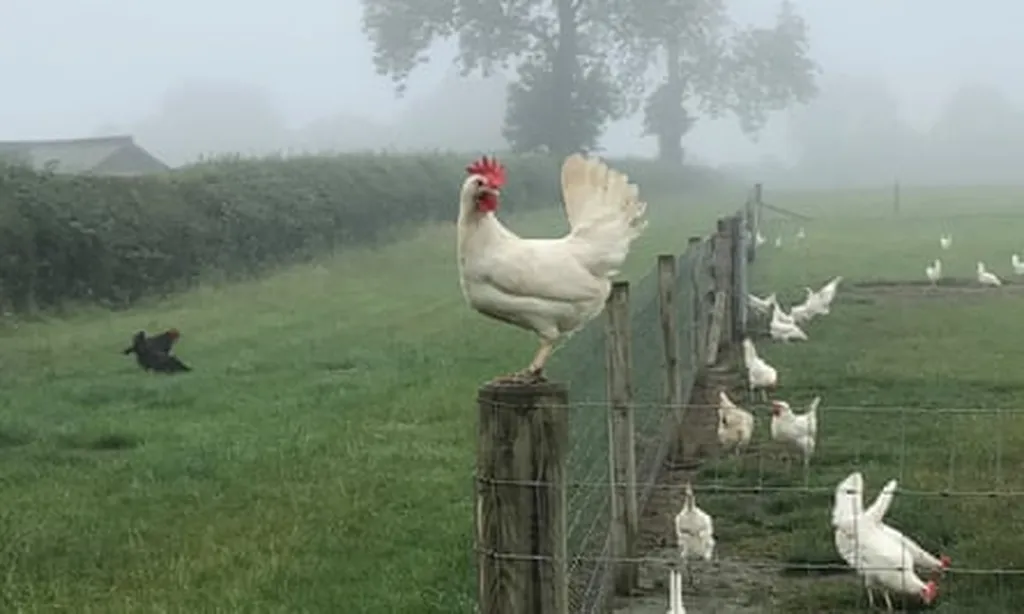In the ever-evolving landscape of sustainable agriculture, a recent study published in the open-access journal *PLoS ONE* (which translates to “Journal of Open Science”) has shed new light on the seasonal variations in egg nutrient composition, particularly under pasture-based layer hen systems. Led by Rachel Van Duinen, this research could have significant implications for farmers, consumers, and the broader agricultural industry.
The study delves into how the nutrient content of eggs can fluctuate throughout the year, depending on the season and the hens’ access to pasture. This is not just about the taste or texture of the eggs, but about their nutritional value—something that could influence consumer choices and market trends.
“Seasonal variations in egg nutrient composition are influenced by the hens’ diet, which in turn is affected by the availability and quality of pasture,” explains Van Duinen. “This research highlights the importance of understanding these variations to optimize both the health benefits for consumers and the sustainability of farming practices.”
The findings suggest that eggs produced in different seasons can have varying levels of key nutrients like omega-3 fatty acids, vitamins, and antioxidants. For instance, eggs laid in the spring and summer, when pasture is lush and abundant, may contain higher levels of certain nutrients compared to those laid in the winter. This seasonal variation could influence consumer preferences and market demand, as health-conscious consumers increasingly seek out nutrient-dense foods.
From a commercial perspective, this research could shape future developments in the agricultural sector. Farmers might consider adjusting their practices to maximize the nutritional benefits of eggs throughout the year. This could involve strategic pasture management, supplementary feeding, or even marketing campaigns that highlight the seasonal benefits of pasture-raised eggs.
Moreover, the study underscores the potential for sustainable agriculture to meet the growing demand for nutrient-rich foods. As consumers become more aware of the health benefits associated with pasture-raised eggs, the market for such products is likely to expand. This presents an opportunity for farmers to diversify their offerings and tap into a lucrative niche market.
Van Duinen’s research also raises important questions about the broader implications for sustainable agriculture. As the global population continues to grow, the need for nutrient-dense, sustainably produced foods will only increase. Understanding the seasonal variations in egg nutrient composition is a step towards meeting this demand in a way that is both environmentally responsible and economically viable.
In conclusion, this study published in *PLoS ONE* offers valuable insights into the dynamic relationship between seasonality, pasture-based systems, and egg nutrient composition. As the agricultural industry continues to evolve, these findings could pave the way for more sustainable and nutrient-rich food production practices, benefiting both farmers and consumers alike.

